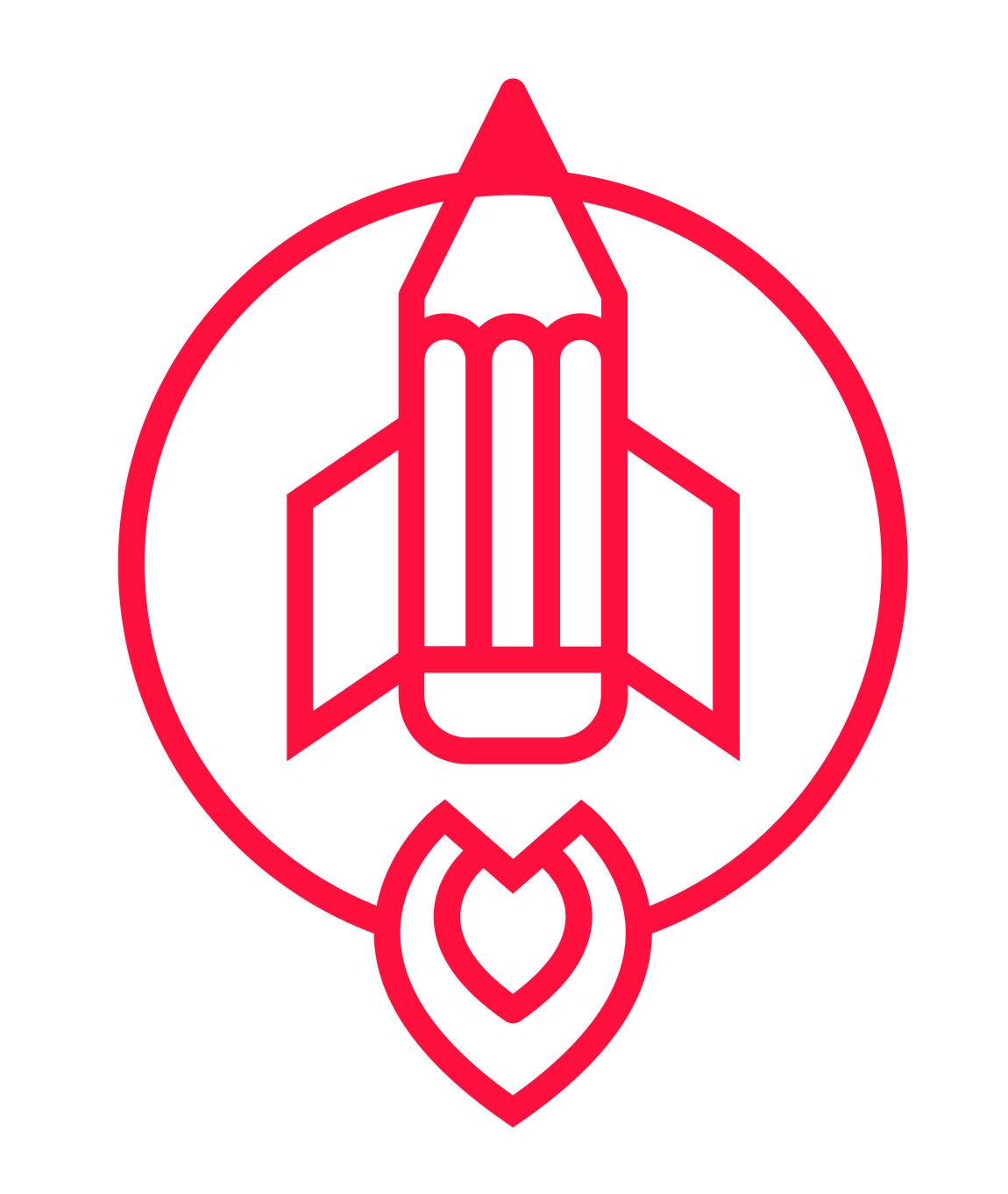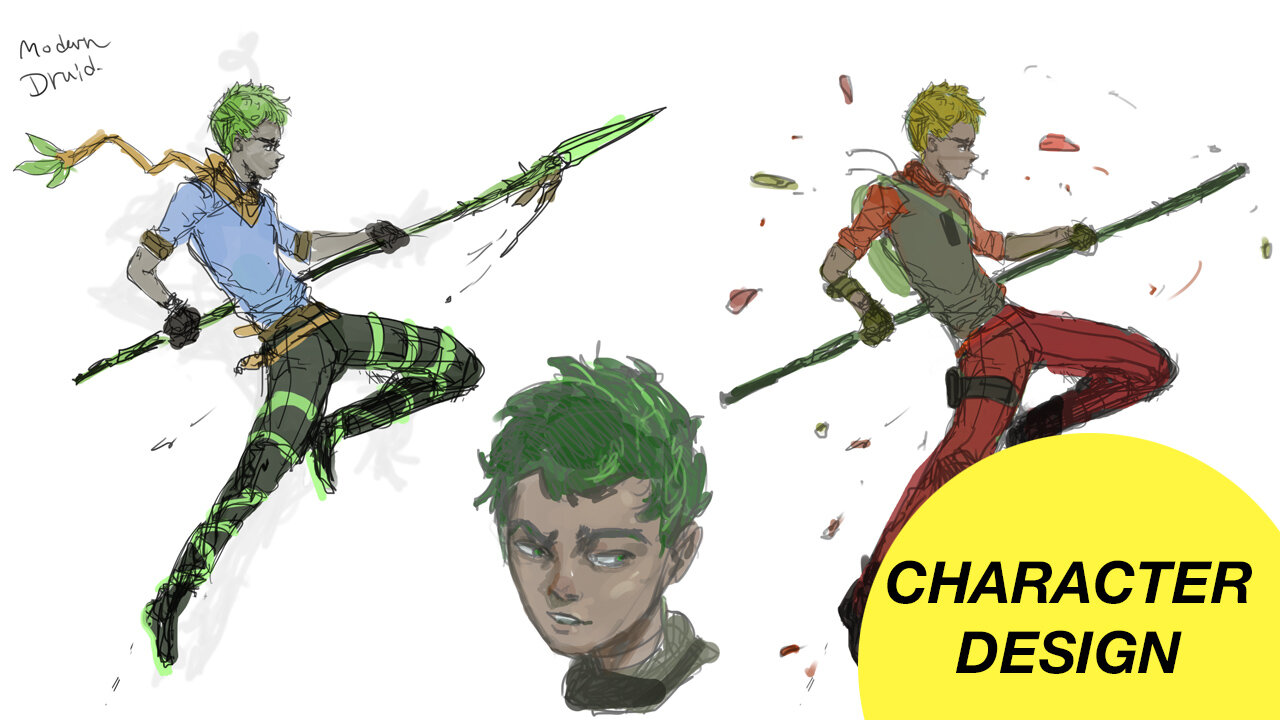7 Tips for Character Design - Drawing Better Character
Character Design is among the best skills one can develop as an artist.
But what makes a strong character? How can we see their design and have an instant feeling of appeal? There’s really no “magic” formula…
At least, not one that would conversely have the magic feel very artificial.
So then how do we create interesting and fun characters? Well, aside from avoiding too many common tropes, I’ve got 7 guidelines to help you with your character creation.
Sketch them small at first (thumbnail drawing)
Mark the best ones and draw them larger
Create variants on your second drawing
Think in terms of shape design
Write down or mull over the backstory
Explore the Character in various other drawings
Never get too attached
In this video, I touch on all of these tips and more:
I’ll elaborate on some of the tips below:
Sketch them small at first (thumbnail drawing):
Creating tiny drawings sparks a flurry of ideas, and they’re really fast to make. Refer to the video for a demo.
Mark the best ones and draw them larger:
The most appealing thumbnails will generally make the most appealing finals. When you scale up the little drawing, all those ideas can be more fleshed out. Take the things you love about the little one, and keep their essence strong as you re-draw.
Create variants on your second drawing:
Once you’ve done the drawing, keep trying different variants on the charcters hair, clothes, accessories, skin color, etc…You might not fall in love with just one of the versions, and have to mix n’ match for the best result.
Think in terms of shape design:
Shapes inform the viewer. They say things like “This character is sharp.” or “This character is round and approachable.” Or even “This character is detailed and dangerous.” Shapes will permit us to access these feelings. A triangular hat, a square wristband, it’s all about knowing when to deploy each shape for the effect desired.
Write down or mull over the backstory:
If you’re feeling stuck visually, then thinking with words can generate more ideas. in the “Modern Druid” example, I was verbally musing, and it helps as well. If you can write down stats like height and weight, or even a paragraph or two on the character’s bio, you’ll feel more assured on the picture plane.
Explore the Character in various other drawings:
Portraits, action shots, quiet moments, expressions…all are valid ways to test the character out. Disney artists were great at this, and many Anime artists have sheets upon sheets of these types of character drawings.
Never get too attached:
Be willing to start over, or renovate large parts of the work. It can get to the “too fussy” point, but I’m more than willing to bet that the design will be stronger for it. Don’t worry about demolishing the work if you know you’re not happy with it yet.
Conclusion:
Pretty fun, no? This was a really exciting process to go through. It’s one of my favorite things to create new characters, and it’s usually far more exciting than rendering a painting for 20 hours or something.
Once you’ve got a solid character, you can begin to showcase them in various ways in a series of works.
Or, you can weave them into a larger story of your own imaginings.
Regardless, I hope that these tips serve you well as a creator. However, If you find you’re struggling too much, it’s likely you need to study up on your character drawing basics.
As a matter of fact, why don’t you have 2 our of the 8 lessons of my character drawing course to do so? Sign up below and I’ll email them directly to you. You can unsub any time for any reason.


